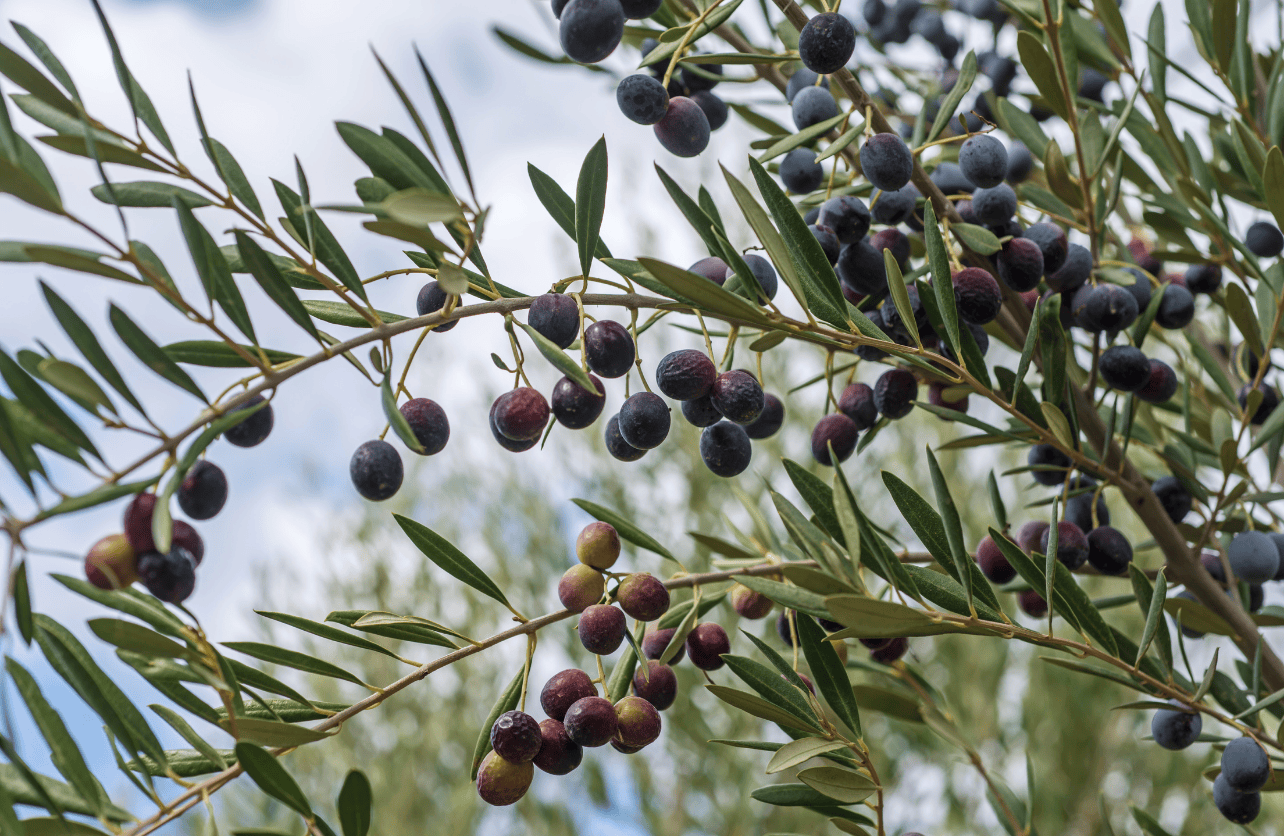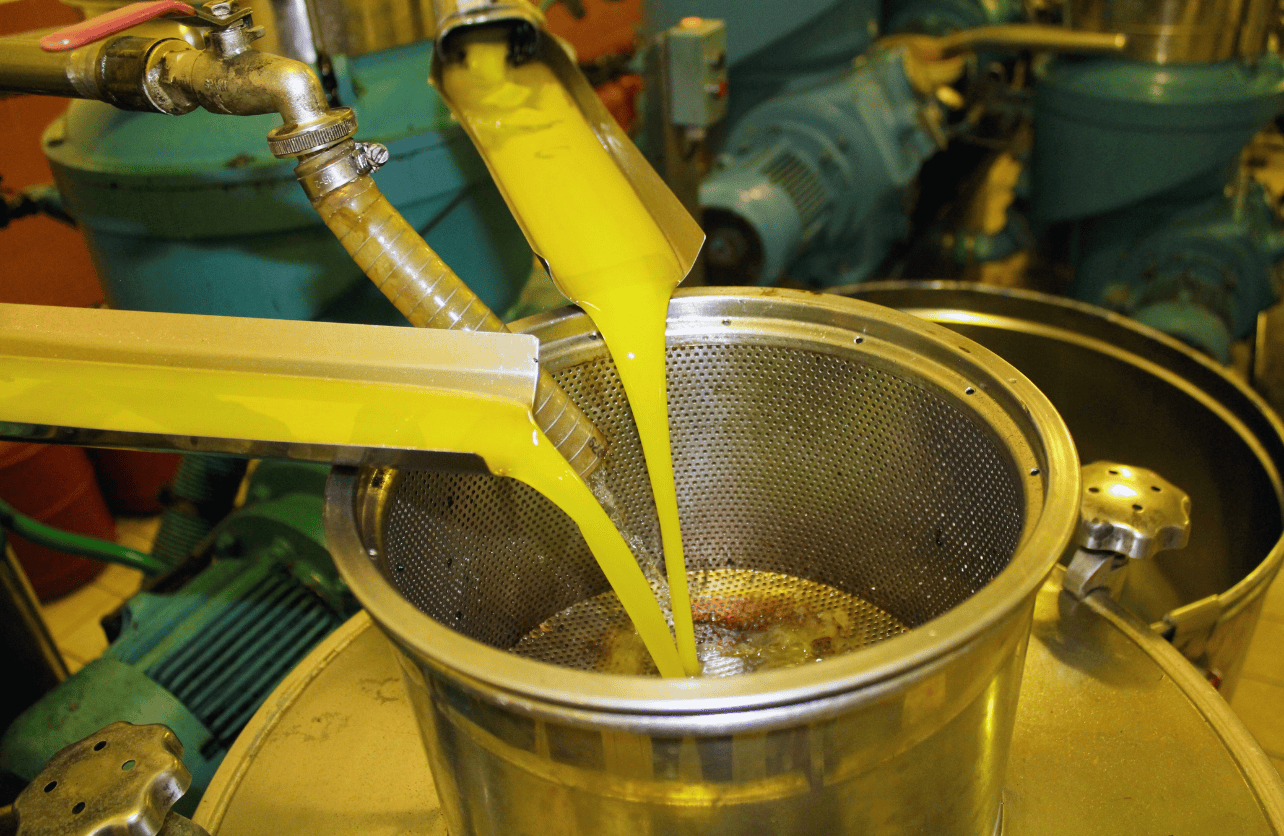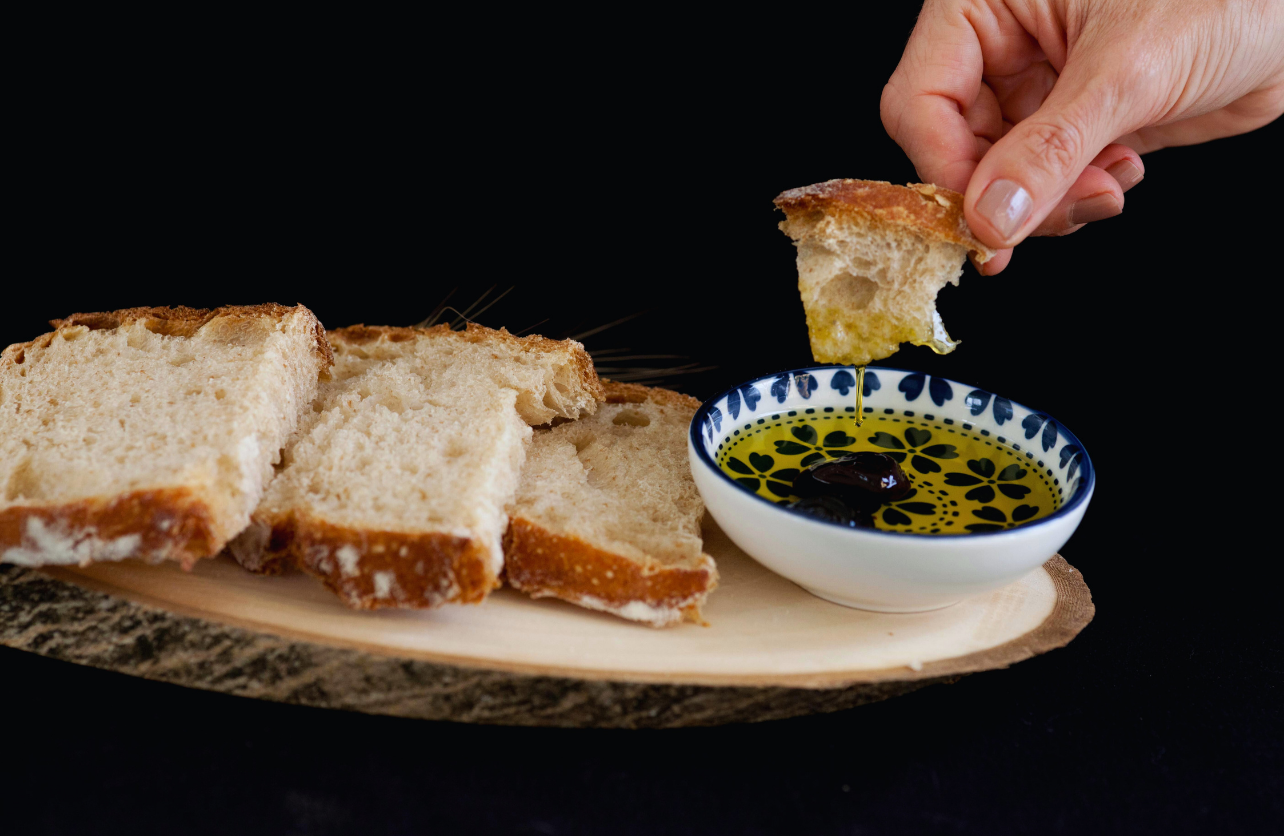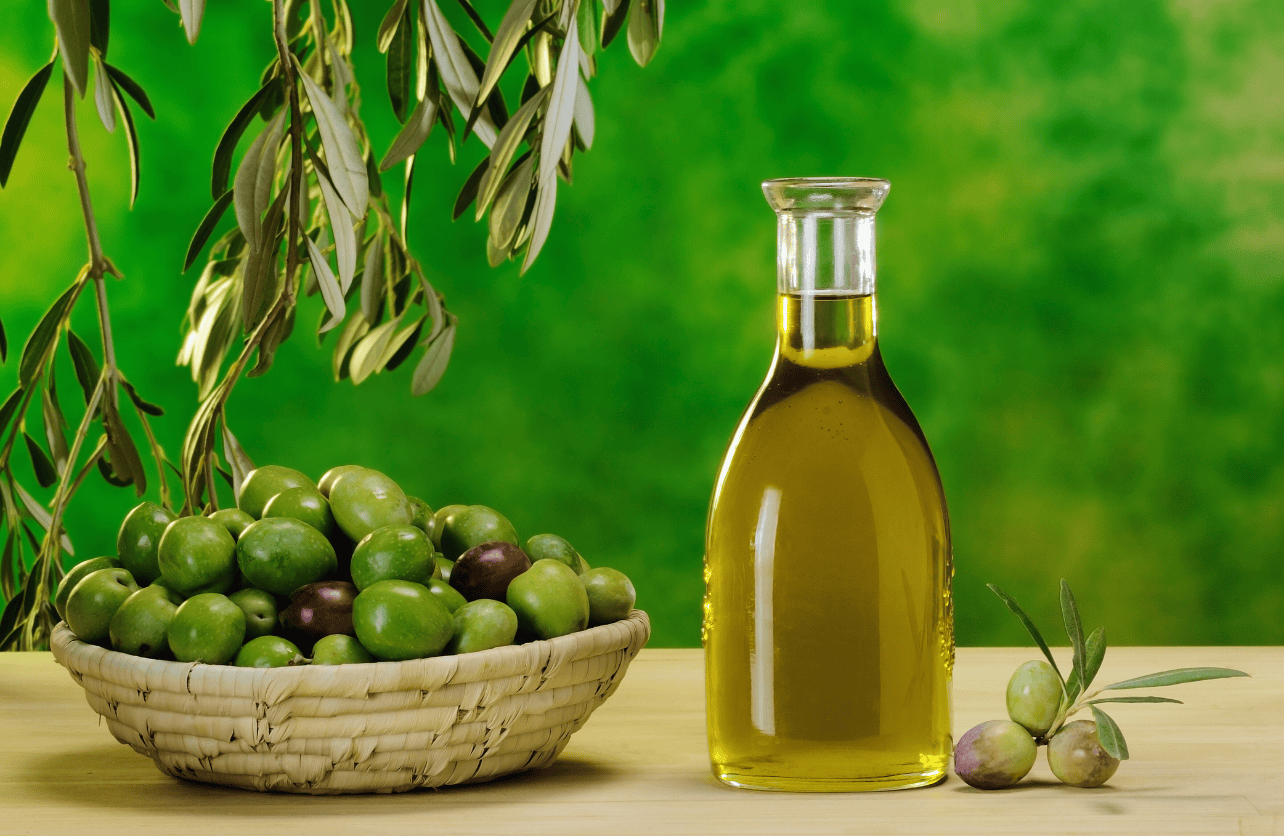You’ve probably heard a lot about seed oils lately—whether it’s people avoiding them like the plague or touting their versatility in cooking. But when olive oil enters the conversation, things get fuzzy. Some lump it in with other vegetable oils, while others treat it like an entirely different species. So what’s the truth? Is olive oil a seed oil?
Not at all. And once you understand where it comes from, how it’s made, and what sets it apart nutritionally, you’ll see why olive oil doesn’t belong in the same category as canola, soybean, or sunflower oil.
Olive Oil Comes from Fruit, Not Seeds

The simplest reason olive oil isn’t a seed oil is right there in its origin: olives are fruits, not seeds. Seed oils—like sunflower, cottonseed, and grapeseed—are extracted from the seeds of plants. Olive oil, on the other hand, is pressed from the whole olive fruit. That’s a significant distinction.
While both olive oil and seed oils fall under the larger umbrella of “vegetable oils,” they take very different paths to get to your kitchen. Olive oil’s fruit-based source is one of the main reasons it has such a unique nutritional profile and flavor.
The Extraction Process Is Entirely Different

One of the biggest differences between olive oil and seed oils comes down to how they’re made. High-quality olive oils—especially extra virgin olive oil—are cold-pressed. That means the oil is extracted mechanically, without the use of heat or harsh chemical solvents. It’s more like juice than refined oil, and that’s why it retains so much flavor, aroma, and nutritional value.
Most seed oils, in contrast, are made using high heat and chemical solvents like hexane. The seeds themselves often yield very little oil naturally, so industrial methods are required to extract usable quantities. After that, the oils usually undergo deodorization and bleaching to improve taste and appearance. The result is a highly processed product that may lack the natural compounds found in less refined oils.
Olive Oil Has a Distinct Nutritional Profile
Olive oil’s benefits don’t just come from being less processed—it’s also inherently more nutrient-dense. It’s high in monounsaturated fats, particularly oleic acid, which has been linked to heart health and reduced inflammation. It also contains antioxidants like vitamin E and polyphenols, which are known for their anti-inflammatory and protective effects.
Seed oils, by comparison, tend to be higher in polyunsaturated fats—especially omega-6 fatty acids. While your body needs omega-6s in moderation, the typical Western diet contains far too much of them. This imbalance may contribute to chronic inflammation, especially when seed oils are consumed in large quantities over time.
This doesn’t mean seed oils are inherently evil, but it does help explain why olive oil is often the go-to recommendation for people trying to eat more whole, minimally processed foods.
It’s a Staple of Traditional Diets, Not Modern Industry

Unlike many seed oils, which only became dietary staples in the last century thanks to industrial agriculture, olive oil has a long culinary and medicinal history. It’s one of the core pillars of the Mediterranean diet, which has been widely studied for its association with lower rates of heart disease, certain cancers, and cognitive decline.
Its traditional use in cooking, dressings, and even skincare has made it a cultural mainstay in countries like Greece, Italy, and Spain—far removed from the mass-produced oils that fill the fryer vats of fast-food chains. That history carries weight. It signals a track record of long-term safety and wellness that most industrial oils simply don’t have.
Not All Olive Oils Are Equal
One caveat worth noting: not every bottle labeled “olive oil” is created equal. To get the benefits mentioned above, you need to look for extra virgin olive oil (EVOO). This is the highest grade, made purely by mechanical means, and with no chemical alterations. It’s rich in antioxidants and full of flavor.
Regular “olive oil” or “light-tasting olive oil” is often a refined blend stripped of many nutrients. So, while it may still technically come from olives, it doesn’t offer the same health benefits as the real deal.
The Bottom Line
Olive oil may share shelf space with seed oils, but the similarities end there. It’s made from fruit, not seeds. It’s cold-pressed rather than chemically extracted. And it boasts a nutritional profile that’s more aligned with health-focused diets than processed food manufacturing.
If you’re already reevaluating the oils you use in your kitchen, olive oil deserves a spot at the top of the list—not because it’s trendy, but because it’s stood the test of time. It’s not just another vegetable oil. It’s something far better.
